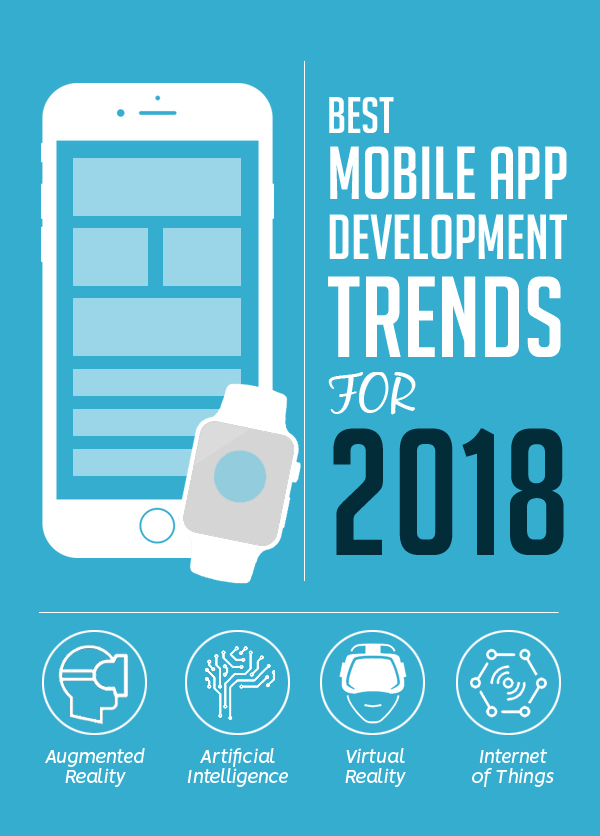Graphic design is one of the fastest-growing, high demand creative industries, ranking among the top in the leading freelance services. Do you think you have what it takes to become a graphic designer, but you don’t really know where to start? ![]()
Don’t worry! Our experts from Web Monkey Online are here to help you get through all the basics. If you want to learn more about what you need to do to launch a successful career, keep on reading!
Work on your portfolio
A professional portfolio is a document or a website that showcases your work. It allows your potential clients or hires to make themselves familiar with your work history and design capabilities. In graphic design, without a good portfolio, you won’t manage to build a stable client database and business contacts. Don’t worry, though – it will grow with time and experience. However, make sure you put serious effort into your personal branding. You’ll get the best results with a web portfolio. Treat it just the same as you would any other design project. Create a logo and make sure your website has a unique design that showcases your best work and highlights your abilities. Lastly, update your graphic design resume, contact information, and social media links regularly. Work on your bio as well! Put some serious thought into your professional portfolio, and you’ll be all set for a successful career.
Organization is key
If you’re trying to land freelance gigs, remember it’s going to be much different than a nine-to-five job. Clients come and go in cycles, but you can prepare yourself for this and establish a stable financial situation. Keep track of your income and expenses and make sure you don’t get yourself in the red. If you’re starting your own business, it’s good to have some savings to help you out during less busy months. To navigate your finances effectively, make an annual business plan. Be as realistic as you can and plan ahead so you’ll know when you can expect major expenses, and when you’ll need to take more gigs. Furthermore, remember about keeping that work-life balance! Set your limits early on and try not to work more than eight or nine hours a day. Take regular breaks, but keep your distractions to the minimum. Learn to manage and value your time – don’t go overtime but treat your job seriously. Finally, be aware that you can always say no. You don’t have to accept all projects that come your way, especially if you have tight deadlines to meet. Your professional path will lead you to success if you learn how to manage your time and organize your tasks effectively.
Have an effective payment plan
First things first: never work for free. That’s the worst practice that does more harm than good in every market. Your work and skills are valuable, and your clients require your services. Because of that, you deserve remuneration. Don’t settle for credit or exposure – unless you do a project for a non-profit organization, you deserve to get paid. A design job is a business transaction. Sign a contract in which you detail your work process, payment terms, or payment stages if it’s a long-term project. Make sure you clearly define each date. And then, there’s pricing. Establish a minimum rate and never agree to take projects below that number. If you’re just starting out, base your pricing on market research. To top it all off, make sure your contract protects your intellectual property rights.
Keep up with the market
The graphic designing industry is highly competitive. The market, trends, and consumers’ needs change on a daily basis, and you need to observe the situation carefully to avoid being left behind. Stay up to date with the newest technology and software development. This doesn’t mean you have to change your equipment every six months. However, you won’t be left out in the dark about the newest developments when you’ll have to upgrade your gear. What’s more, never stop learning. It’s great to have a certain set of skills you know you have mastered. Nevertheless, if you keep using the same technique and tools over and over again, you’ll be left behind by innovative, open-minded creators. Keep broadening your horizons, and don’t stop honing your skills!
Starting a graphic designer career can be a little overwhelming at first. However, if you manage to get your act together, you’ll see how empowering it can be. Even though it’s not the easiest professional path out there, you’ll know you’ve earned your money through hard work and skills. That will give you the highest sense of satisfaction and accomplishment.
You may also like:
- 50 Resume Templates – Best Of 2020
- 50 Best Logos Of 2020
- 26 Creative Logo Design Templates for Inspiration
- 45 Free T-Shirt Mockup Templates PSD
- 50+ Best Brochure Templates For 2021
- 23 Best Vintage Fonts
- Professional Business Card Templates (30 Print Design)
- 35 Best Procreate Brushes For Procreate App
- Best Lightroom Presets Of 2020
- 50+ Best CV Resume Templates 2020
- 20 Best High Quality Photoshop Brushes















